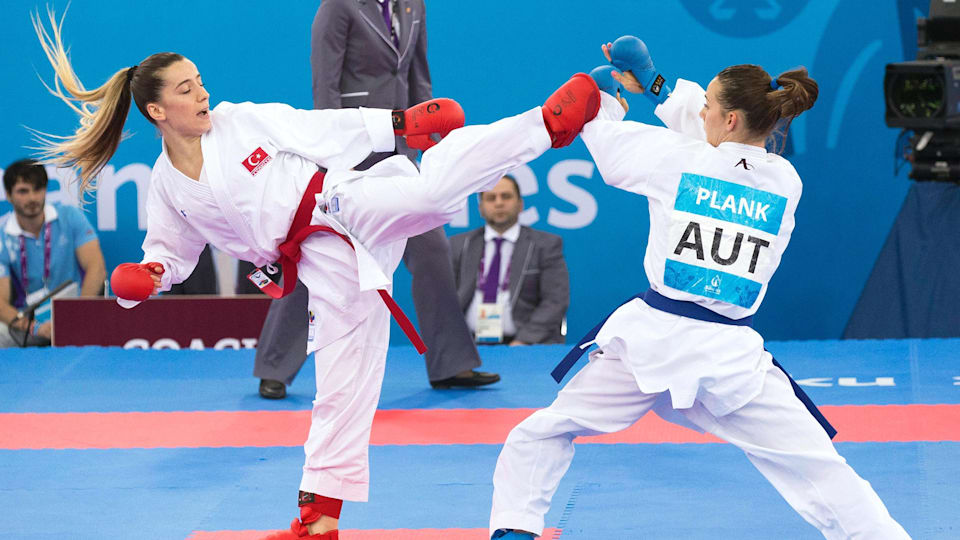
The holy trinity
‘Kumite’, which translates as ‘Grappling Hands’, is the karate discipline that will be on the programme at the 2018 YOG in Buenos Aires and is one of the three main forms of training in the sport. In beginners’ terms, Kumite is the discipline featuring kicks and punches while ‘Kihon’ (‘the fundamentals’) is all about the basics of body form, breathing and stance. The third area of karate is ‘Kata’ (‘form’), which involves detailed choreographed movements practised either solo or in pairs.
Proud history
Karate, as we know it today, is less than 200 years old. However, the origins of the sport are believed to date back thousands of years. Its roots can be traced back to ancient India, China and the Japanese islands of Okinawa. While no one can be absolutely certain when karate was first practised, it is thought to have been heavily influenced by ancient Chinese martial arts.
Global appeal
According to the World Karate Federation, there were 100 million karate practitioners worldwide in 2014.
Points make prizes
A karate contest is scored on points, the winner being the athlete with the most points at the end or the one who establishes an eight-point lead. One point is awarded for a punch or kick to the opponent’s chest (called ‘Yuko’), two points for a kick to the chest (‘Waza-Ari’) and three points for ‘Ippon’, which is either a successful kick to the head or a sweep of the legs followed by a punch to the chest.
Joy for Japan
The Karate World Championship, first held in Tokyo (Japan) in 1970, is now staged every two years. Japan is the competition’s top-performing country, with a total of 188 medals, including 86 gold. France is second in the all-time medal table with 162, while Great Britain is third with 57.